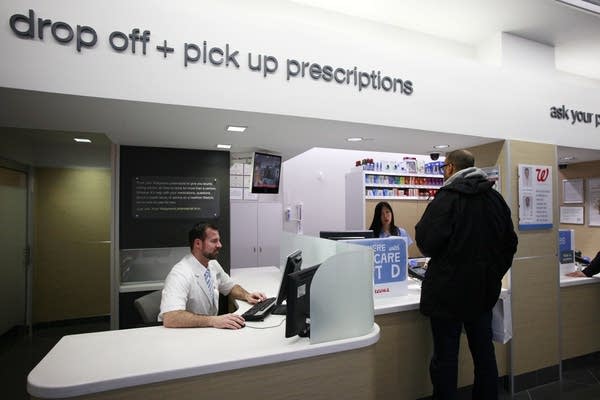HealthPartners decision illustrates a trend for pharmacies: Fewer of them

A pharmacist works at his desk located next to the prescription pick up counter in New York on May 15, 2013. The retail pharmacy industry has been shrinking for more than a decade, starting with the closing of many independent pharmacies in rural areas. Industry experts say that trend is likely to accelerate.
Mark Lennihan | AP file 2013
Go Deeper.
Create an account or log in to save stories.
Like this?
Thanks for liking this story! We have added it to a list of your favorite stories.


